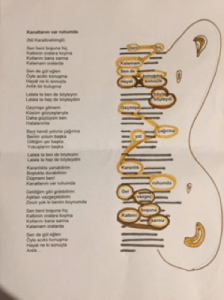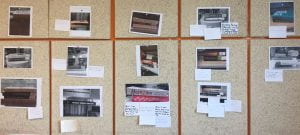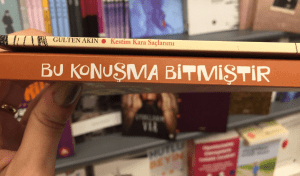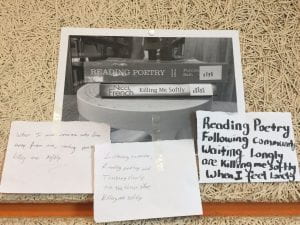For many people, there is a slight line between street art and vandalism. But integrating them into our lessons will give us at least one reason why we should perceive them as creative art movements.
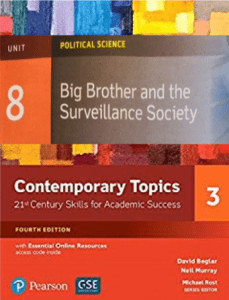
We use the coursebook “Contemporary Topics 3” to improve students’ listening skills, and it was the time for me to cover “Unit 8: Big Brother and the Surveillance Society” in which students watch a political science lecture.
I started my lesson by sharing a street art artwork by Banksy, who is a well-known British street artist, to lead them into the topic.
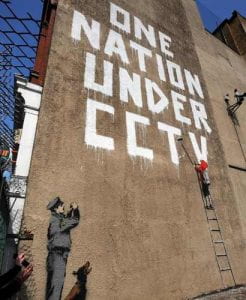
Students described what they saw in the photo (One Nation Under CCTV) and made predictions about the topic of the unit.
At the warm-up stage of the lesson, I asked them to think about the cameras we have on campus. Then, I showed one another artwork by Banksy, and asked them to answer the question (What are you looking at?) on it from the perspective of the cameras.
 At the prelistening stage of the lesson, we went on with learning new vocabulary for the lecture they would listen. After listening to the political science lecture on the increasing use of surveillance systems in the world, they answered the follow-up questions by using the notes they took at the time of listening.
At the prelistening stage of the lesson, we went on with learning new vocabulary for the lecture they would listen. After listening to the political science lecture on the increasing use of surveillance systems in the world, they answered the follow-up questions by using the notes they took at the time of listening.
Gaining more knowledge and having the neccessary vocabulary to express opinions on the topic, students were asked to answer the question in the photo below.

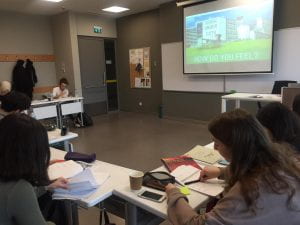 I’m sharing some photos to illustrate the work produced on the classroom wall at the end of the lesson. Commenting on their friends’ responses on the post-its, they seemed to be enjoying the process.
I’m sharing some photos to illustrate the work produced on the classroom wall at the end of the lesson. Commenting on their friends’ responses on the post-its, they seemed to be enjoying the process.

It was exciting to see one student integrating another piece of art into his response, and it inspired me to use the dystopian novel “1984” by George Orwell for another lesson on a relevant topic as well as the obey stancil.
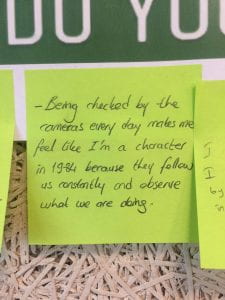
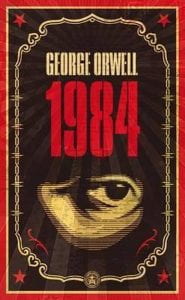

Some examples of street art by my students :
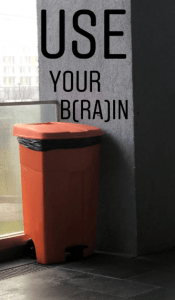
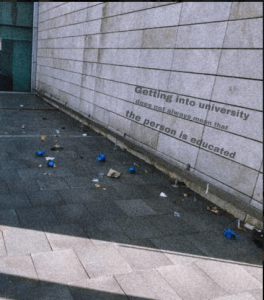




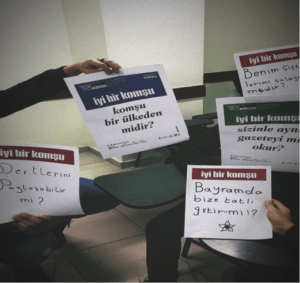

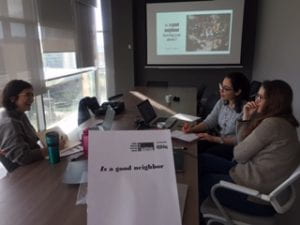


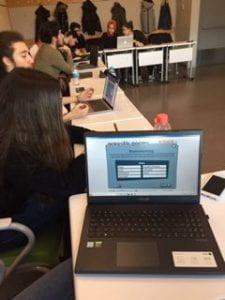
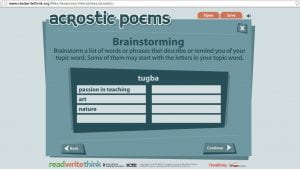
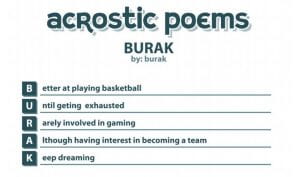 We can either introduce it in class and ask our students to write their acrostic poems as homework and bring the hardcopy to the class or have them write their poems in class and share with us. At the end of the process, sharing poems in class would give us the opportunity to get to know our students with more details while they realize their creative potential within themselves.
We can either introduce it in class and ask our students to write their acrostic poems as homework and bring the hardcopy to the class or have them write their poems in class and share with us. At the end of the process, sharing poems in class would give us the opportunity to get to know our students with more details while they realize their creative potential within themselves.

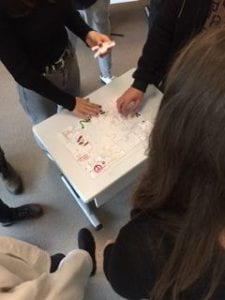 er of students in your class.
er of students in your class.
 Twyla Tharp in her book
Twyla Tharp in her book 
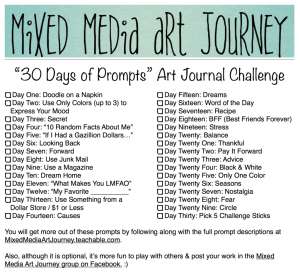
 Eighteen trouble with her
Eighteen trouble with her

